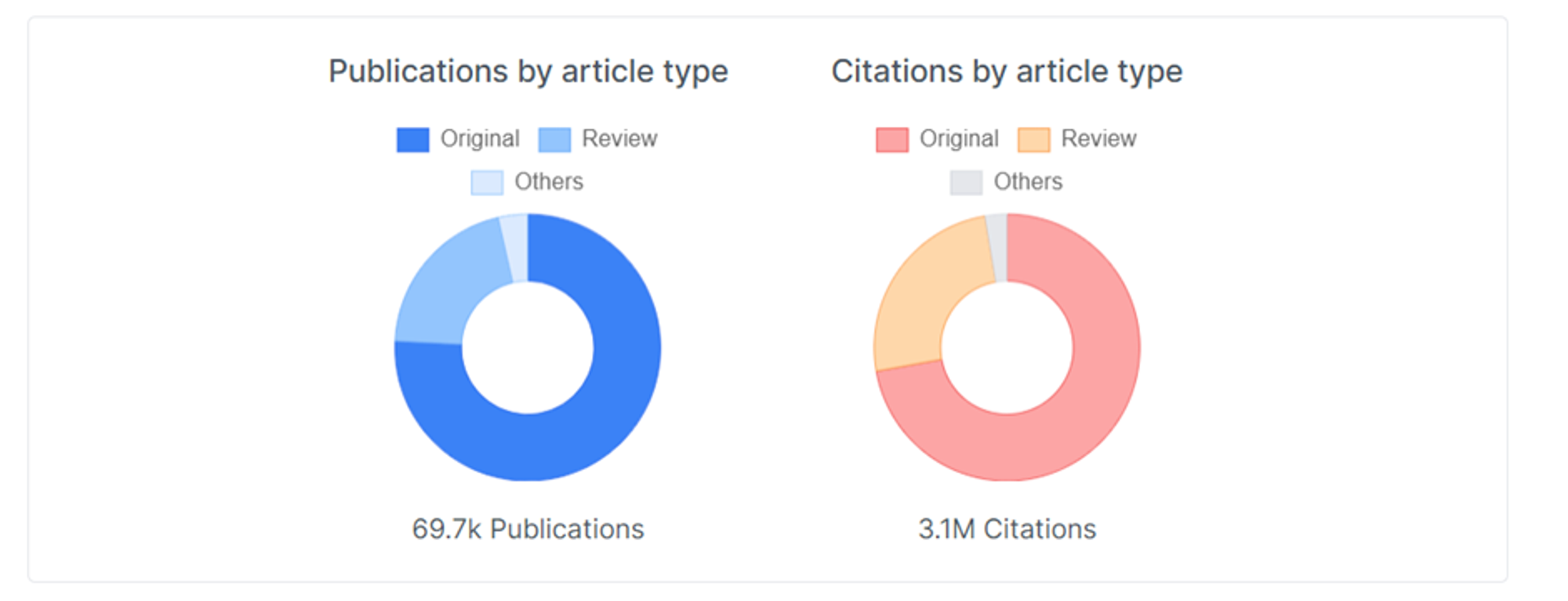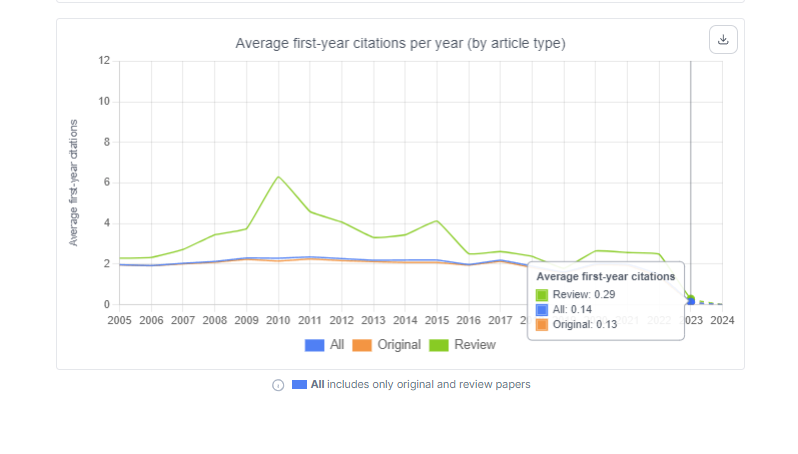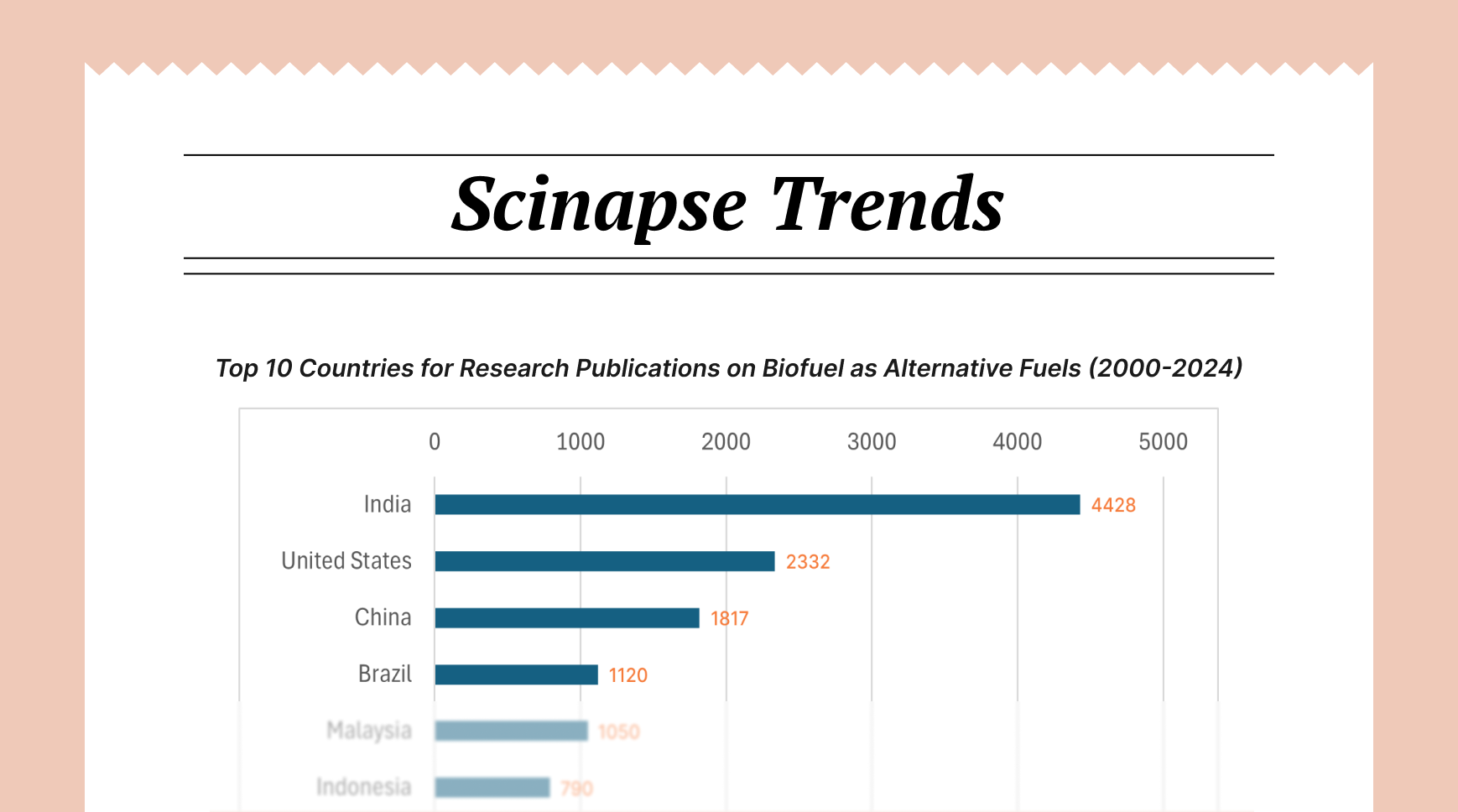Maximizing Research Impact by Leveraging AI for Journal Selection

Selecting the appropriate journal for your research is a critical decision that significantly impacts your research dissemination and also your career progression. With this article, let’s understand the best way to identify and select a journal for publishing your research, understanding traditional metrics and using AI tools.
Understanding Metrics to Make Journal Selection Easy
Journal metrics play a crucial role in evaluating potential publication venues. The Impact Factor, despite its limitations, remains a widely recognized measure of journal influence. However, researchers should also consider alternative metrics such as CiteScore, which offers a broader view of citation impact, and the H-index, which balances productivity and impact. The Eigenfactor Score and Article Influence Score provide additional insights into a journal's prestige and influence within the scientific community.
Utilizing Scinapse Journal Search Feature
AI tools have revolutionized the journal selection process, with platforms like Scinapse offering sophisticated features to aid decision-making. Scinapse's Journal Search allows researchers to filter journals based on relevance, citation metrics, and publication volume.
In the following example, we have searched for journals that can be ideal for publishing biochemistry research.

Journal Stats Details

- Publication Focus: The left pie chart shows the distribution of publications by article type. This reveals the journal's primary focus - whether it favors original research, review articles, or other types of content. In this case, original research articles dominate, indicating a strong emphasis on publishing new findings.
- Citation Impact: The right pie chart displays citations by article type. This allows researchers to see which types of articles tend to receive more citations, potentially indicating higher impact. Here, we see that review articles, despite being fewer in number, receive a proportionally larger share of citations.
Interpretation of the two charts:
- Alignment with Research Output: By comparing these charts, researchers can determine if their work aligns with the journal's most impactful content. For instance, if you're planning to submit an original research article, you can see that this journal publishes many such papers, which also receive a significant portion of citations.
- Strategic Decision Making: This data can inform strategic decisions. If you're working on a review article, you might note that while the journal publishes fewer reviews, they appear to be highly cited, potentially offering good visibility for your work.
- Understanding Journal Dynamics: The total number of publications (69.7k) and citations (3.1M) provides context on the journal's size and overall impact. This can help in comparing different journals within a field.
- Identifying Opportunities: The "Others" category, while small, might represent special article types that could be opportunities for unique contributions.
- Quantitative Comparison: These visualizations allow for quick, quantitative comparisons between article types, helping researchers make data-driven decisions about where to submit their work.
- Long-term Planning: Understanding these patterns can aid in long-term research and publication strategies, helping researchers align their future projects with journals that value and highly cite their preferred article types.
By providing this level of detail, Scinapse’s Journal Stats Detail feature empowers researchers to make more informed decisions, aligning their work with journals that are likely to give it the best platform for visibility and impact in their field.
Citation Analysis
Scinapse’s "First-Year Citations Per Year" and "Average first-year citations per year" visualizations offer a nuanced view of a journal's impact trajectory, allowing you to envision its standing in your research field.

- Citation Trends Over Time: The total first-year citations per year is broken down by article type. This allows researchers to see how the journal's impact has changed over time. The general downward trend since 2005 could indicate a declining influence or increased competition in the field.


- Relative Impact of Article Types: All the three images above consistently show that review articles tend to receive more citations than original research articles.
- Recent Performance: The most recent years (2022-2024) show very low citation numbers. This could be due to the recency of publications or might indicate a decline in the journal's impact. Researchers should consider this when deciding if this journal is the best choice for rapid dissemination and impact. (The values for 2023 and 2024 contain only partially verifiable data.)
- Peak Performance Years: All graphs show a peak around 2010-2011, which could indicate a period when the journal was particularly influential. Understanding these patterns can help researchers gauge the journal's standing in the field over time.
Benefits of Data Analysis and Visualization in Journal Selection Using AI Tools
- Comparative Analysis: By providing data on different article types, these visualizations allow researchers to compare the potential impact of their work based on its format (review vs. original research).
- Strategic Decision Making: If a researcher has the option to submit either a review or an original article, this data suggests that reviews tend to be cited more frequently, which could influence their decision.
- Field Dynamics: The overall trends can provide insights into the dynamics of the field. The general decline in citations could reflect changes in the research landscape or increased competition from other journals.
- Publication Planning: Understanding these patterns can help researchers plan their publication strategy, potentially timing their submissions to align with periods when the journal might be more receptive or influential.
- Long-term Impact Assessment: By showing data over nearly two decades, these visualizations allow researchers to assess the journal's long-term impact and stability.
This type of analysis using Scinapse empowers researchers to make data-driven decisions about where to publish, considering not just the current impact of a journal, but also its historical performance and the relative impact of different article types. It provides a nuanced view that goes beyond simple metrics like impact factor, allowing for more strategic choices in academic publishing.
Final Considerations
Selecting the best journal for your research requires a multifaceted approach. Scinapse's features, including the Journal Stats Detail and citation analysis visualizations, empower researchers to make data-driven decisions. By providing comprehensive breakdowns of publication types, citation impacts, and historical performance, Scinapse enables a nuanced understanding of a journal's standing in the field. This level of detail allows researchers to align their work with publications that offer the best platform for visibility and impact, tailored to their specific research output and career stage.
Take control of your research's future – try Scinapse now and transform your approach to journal selection. Your next groundbreaking publication deserves the best possible platform. Let Scinapse guide you to it.
written by Uttkarsha B
Never re-search again.
Scinapse is made by researchers for researchers.
Join the next generation of research at ⏯️ https://scinapse.io/
Pluto Labs
Pluto Labs helps researchers focus on their research by improving several inefficiencies in the academic research process. We offer data-driven insights from academic papers, allowing users to easily obtain review-level results for their desired range of papers.
https://pluto.im/





Comments ()